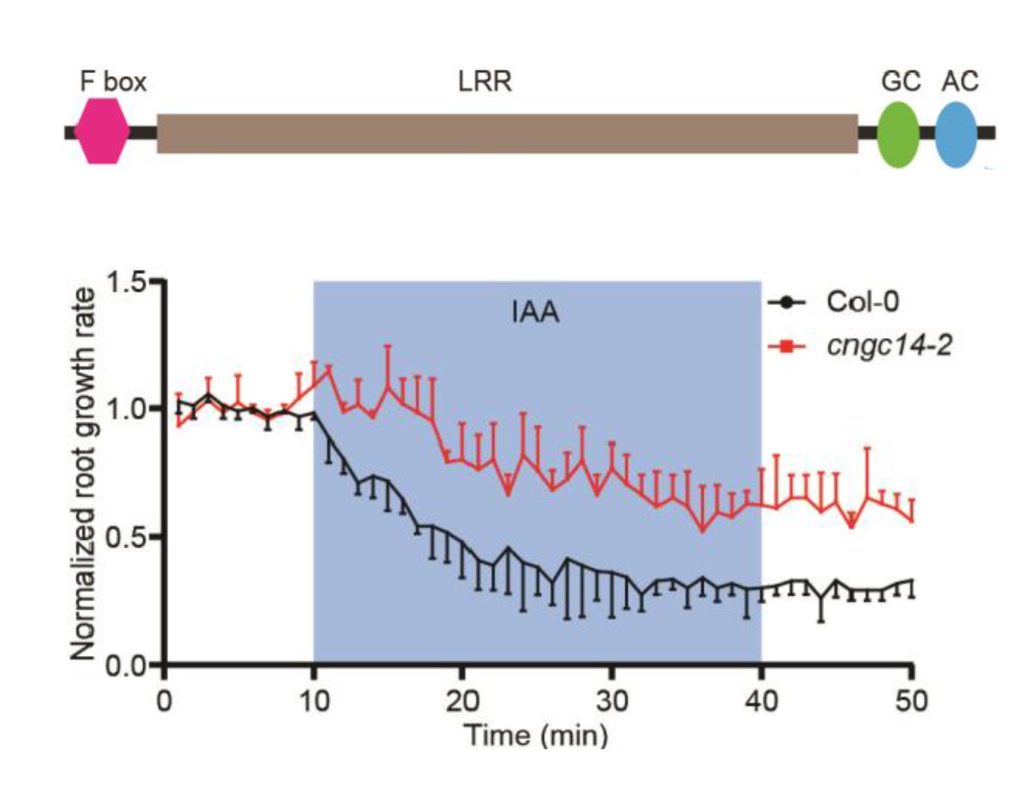
Guanylate cyclase activity of TIR1/AFB auxin receptors in rapid auxin responses
Plant Science Research WeeklyAuxin is a pleiotropic plant hormone with diverse functions, many of which are mediated through transcriptional reprograming. However, some auxin responses occur extremely rapidly, ruling out changes in transcription as a mechanism. In 2022, one of the components of an auxin receptor, F-box protein TIR1/AFB,…
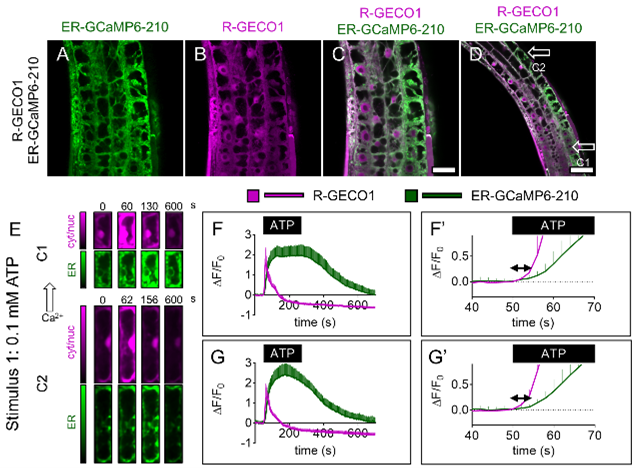
Listening to the whispers in the air: Plant eavesdropping in action
Plant Science Research WeeklyPlants release a variety of volatile organic compounds (VOCs), including green leaf volatiles (GLVs), terpenoids, and amino acid derivatives, in response to herbivore damage and injury. Healthy neighboring plants detect these VOCs as warning signals, prompting them to activate defense mechanisms. This…
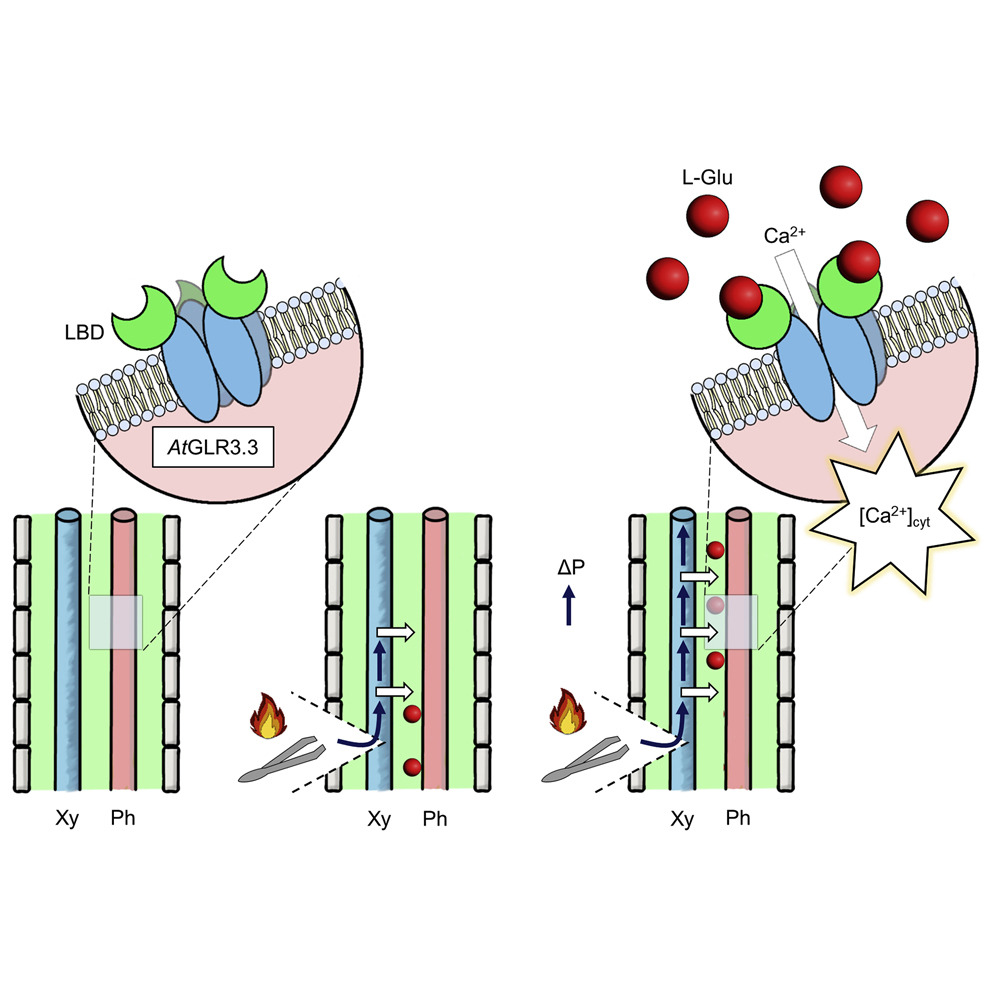
Long-distance turgor pressure changes induce local activation of plant glutamate receptor-like channels
Plant Science Research WeeklyFollowing wounding or herbivory, plants can rapidly transmit signals systemically (over long distances). These systemic signals are thought to enhance plant defenses by preparing distant tissues for imminent attack. Genetic studies have shown that the glutamate receptor-like calcium channel GLR3.3 (a…
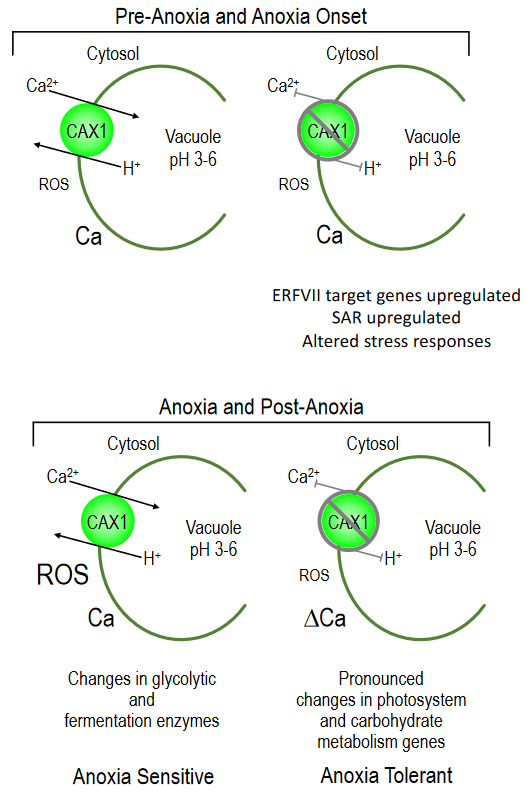
The vacuolar H+/Ca transporter CAX1 participates in submergence and anoxia stress responses (Plant Physiol)
Plant Science Research WeeklyCalcium (Ca) signaling is one of the primary plant responses to confront abiotic stresses. To coordinate Ca levels in the different compartments of the cell, several transporters are needed including the H+/Ca exchangers (CAXs) in the tonoplast (vacuolar membrane). While the role of calcium signaling…
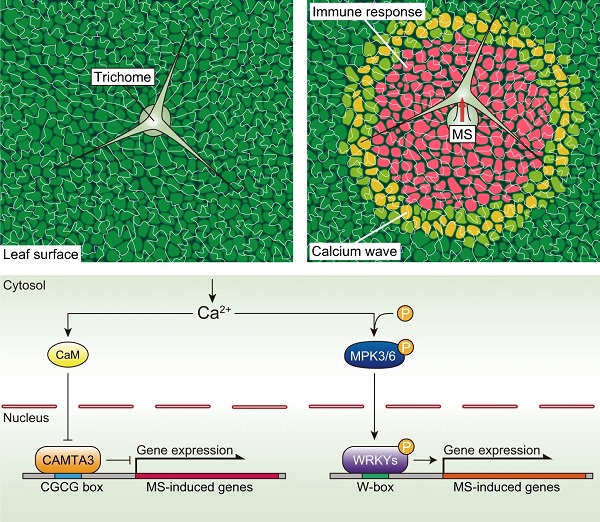
Always prepared: priming of the defense response by trichomes (Nature Comms)
Plant Science Research WeeklyRain contributes to plant disease. Rain can contain high concentrations of pathogens (like Pseudomonas, Xanthomonas, Alternaria, Fusarium sp., etc.), and high humidity associated with rain antagonizes stomatal closure, leaving open entry points for some pathogens. Matsumura and colleagues have demonstrated…
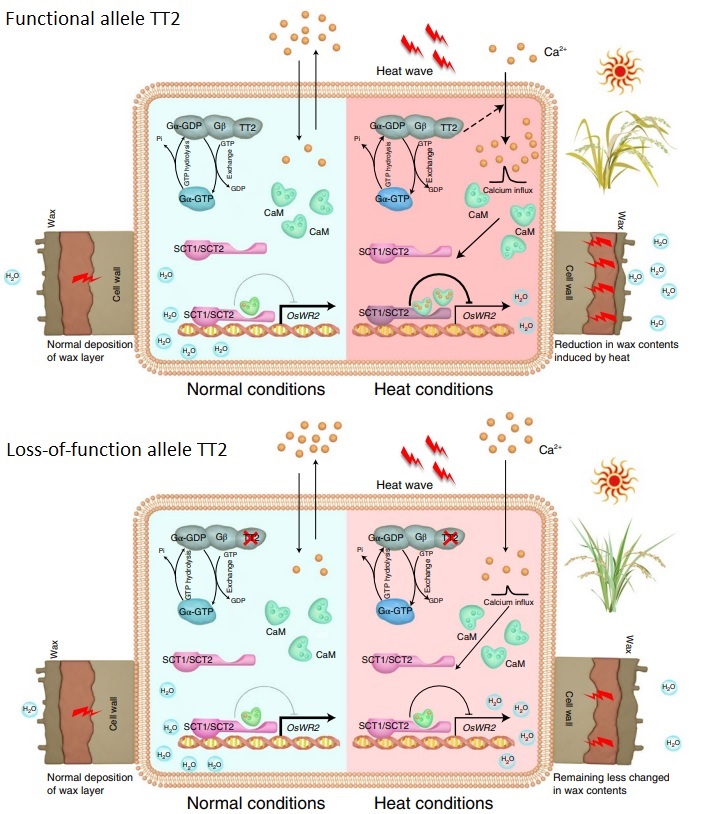
TT2 controls rice thermotolerance through SCT1-dependent alteration of wax biosynthesis (Nature Plants)
Plant Science Research WeeklyGlobal warming severely affects agricultural harvests, risking food security. To deal with heat stress, plants show different strategies. Indeed, heat increases intracellular Ca2+ levels to activate a heat shock response. In addition, GTP-binding proteins, which transduce extracellular signals to intracellular…
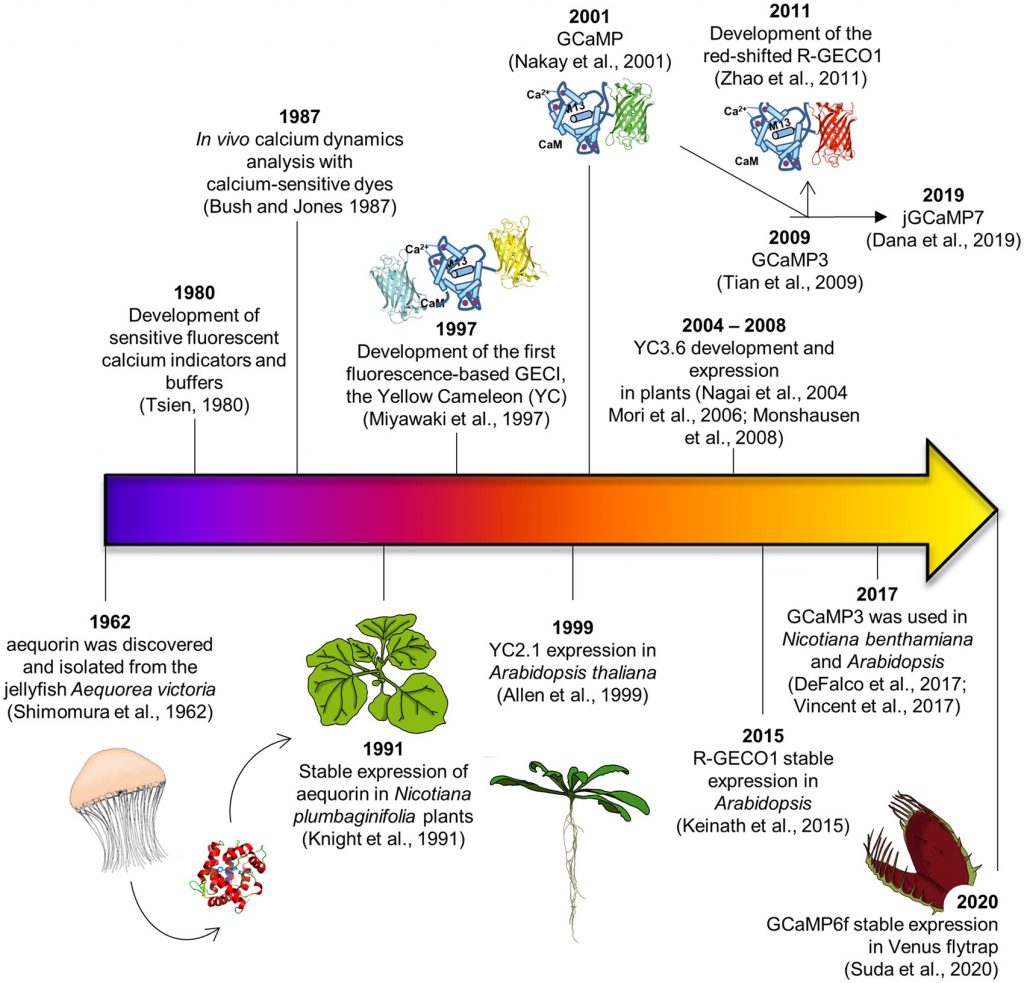
Review: Illuminating the hidden world of calcium ions in plants with a universe of indicators (Plant Physiol)
Plant Science Research WeeklyCalcium ions (Ca2+) are ubiquitous and essential signals, with a very steep concentration gradient from outside to inside the cell. Numerous studies from across the kingdoms have demonstrated that transient Ca2+ fluxes convey information of many types. Here, Grenzi et al. provide an Update on the tools…
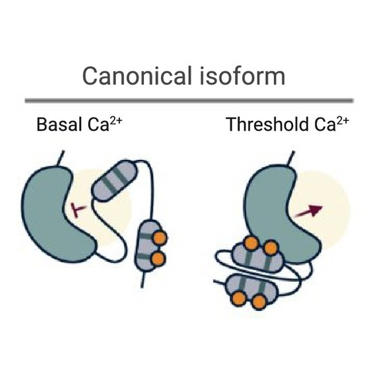
Review: Alternative splicing as conserved mechanism to regulate CDPKs? ($) (TIPS)
Plant Science Research WeeklyCalcium-dependent protein kinases (CDPKs/CPKs) are an interesting class of proteins present in plants, algae and some protists that are thought to “sense” and “respond” to spikes in intracellular Ca2+ signaling events. While multiple mechanisms have been proposed to be involved in the regulation…

Waves of information: Simultaneous imaging of ER and cytosolic Ca2+ dynamics reveals long distance ER Ca2+ waves in plants (Plant Physiol.)
Plant Science Research WeeklyCalcium (Ca2+) signaling regulates a host of stress and developmental responses in plants. Apart from increases in cytosolic Ca2+ concentration ([Ca2+]Cyt.), organellar signals play a key role in shaping the cytosolic signaling events. In an attempt to understand the Ca2+ dynamics in the endoplasmic…

